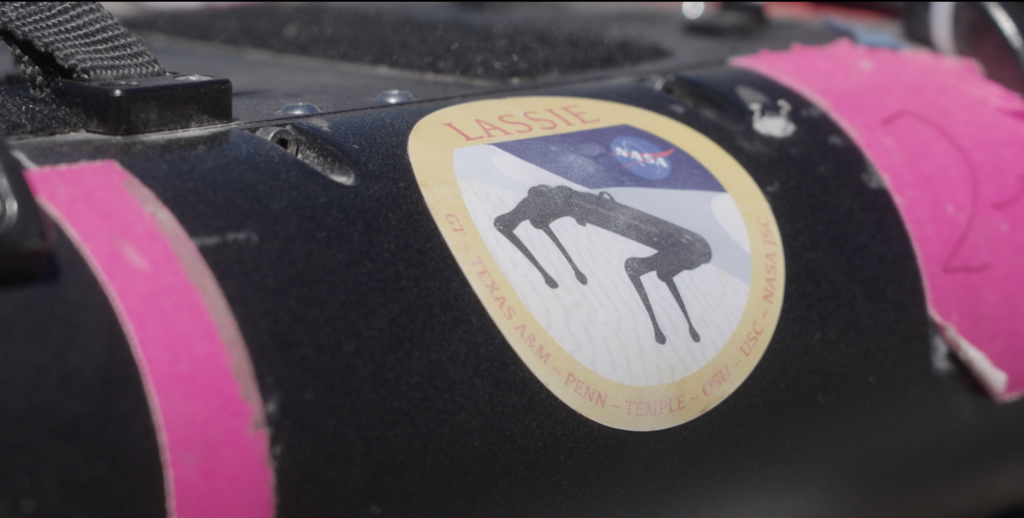
At an elevation of around 6,000 feet near Mount Hood, located roughly 70 miles east of Portland, an interdisciplinary team comprising members from the University of Pennsylvania, the University of Southern California, Texas A&M University, Georgia Institute of Technology, Oregon State University, Temple University, and NASA, embarked on a field mission. The group of engineers, cognitive scientists, geoscientists, and planetary scientists was there to conduct field tests with a four-legged robot named Spirit, part of the Legged Autonomous Surface Science in Analog Environments (LASSIE) Project.
Over five days in the summer of 2023, Spirit was put through its paces, navigating diverse and challenging terrain that included loose soil, melting snow, and rocky paths. According to the team, the robot’s metal legs, designed for agility, allowed it to traverse these varied landscapes, occasionally stumbling but largely succeeding in its task. These trials sought to better understand the underlying terrain properties and refine the robot’s ability to sense and move through such environments. The data collected from Spirit’s experiences are intended to inform the development of future robots for exploration on extraterrestrial bodies, such as the moon and, some day, Mars.
“What we realized, pretty early on, is that a legged robot has the ability to interact with soil in ways that wheels cannot,” says Douglas Jerolmack, a principal investigator on the LASSIE Project. “This interaction isn’t just about mobility; it’s about questioning and understanding the environment it moves through, in real time.” He explains that legged robots like Spirit can assess and adapt to the varying friction and stability of the ground beneath them, much like how humans test questionable surfaces like a frozen-over river by doing a few foot taps before placing their full body weight onto it.
This article was written by Nathi Magubane. To read the full article, please visit Penn Today.
